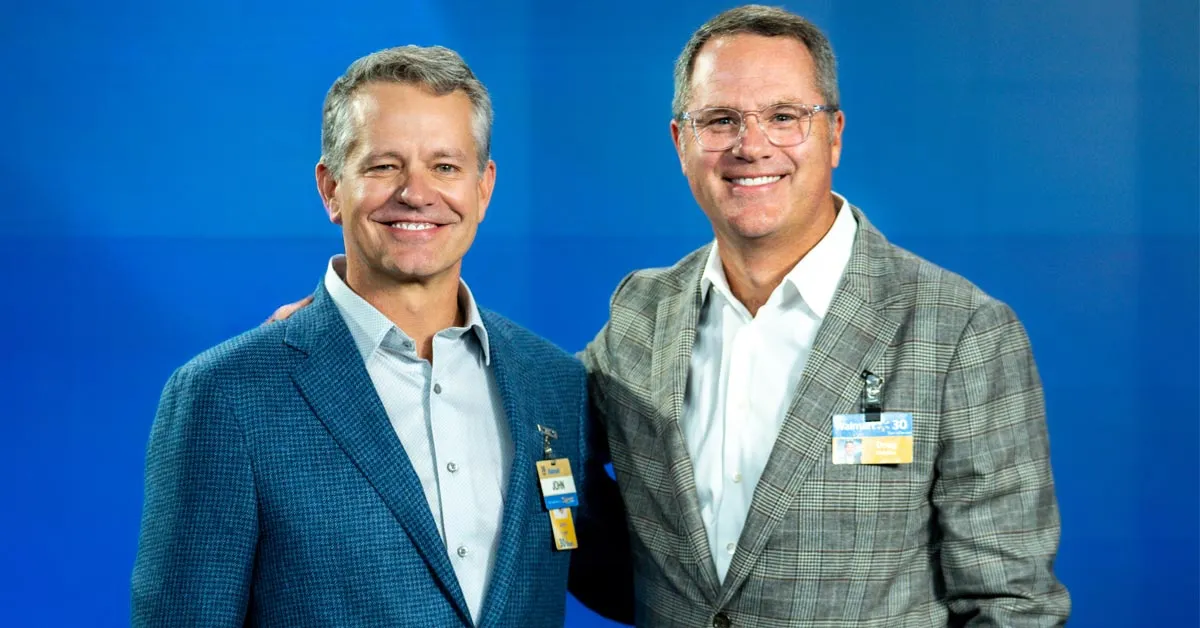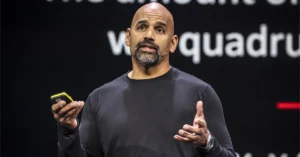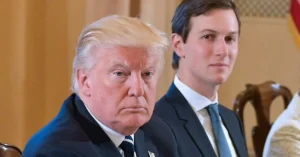Doug McMillon, Walmart’s long‑serving chief executive who first joined the retailer as an hourly worker in 1984, is set to retire on January 31, 2026. His announcement has triggered a wave of curiosity online. McMillon’s retirement marks the close of an 11‑year leadership that was transformational for both Walmart and the wider retail sector.
John Furner, who currently the President and CEO of Walmart U.S., will succeed McMillon as president and chief executive officer on Feb. 1, 2026. He has also been elected to Walmart’s board of directors, effective immediately. McMillon will stay on the board until the next annual shareholders’ meeting, a move the company says will help support a smooth transition.
McMillon’s impact is reflected in the numbers. When he became CEO in 2014, Walmart’s brand value stood at $44.8 billion. As David Haigh of Brand Finance explained.
“It has more than tripled during his tenure and now stands at $137.2 billion,” supported by an AAA rating and a score of 84.7/100. Haigh also noted that Walmart is now “the fifth most valuable brand in the world… fueled by private-label expansion, aggressive discounting, and a rebranding effort aimed at attracting younger, price-conscious consumers.”
McMillon also oversaw a 310% rise in Walmart’s share price, outpacing both the S&P 500 and its retail competitors.
Analysts say McMillon’s departure will mark the end of a pivotal era.
“The retirement of Doug McMillon will send a small shock wave through Walmart, simply because he has been an excellent leader and steward of the company,” said Neil Saunders of GlobalData.
Under McMillon, Walmart leaned into risk-taking and innovation. As Louisa Loran, a corporate transformation specialist, put it, his “try often, fail fast” mindset “wasn’t about slogans but about creating enough internal permission to modernize at scale,” enabling Walmart to embrace automation and digital growth without fracturing its culture.
McMillon also helped push Walmart beyond traditional retail boundaries through technology partnerships with Waymo, Uber, and Lyft, while reshaping the company into what experts call a hybrid retailer‑technology platform.
“Under his leadership, Walmart became much better at connecting digital and physical retail,” said Kaveh Vahdat of RiseOpp, though he noted the challenge of maintaining margins amid increased logistics and technology spending.
Shawn Cole of Cowen Partners highlighted how dramatically McMillon changed Walmart’s culture. “A decade ago, Walmart was a legacy brick-and-mortar powerhouse… struggling to define its digital strategy,” he said. “Today, it operates much more like a tech-enabled logistics company, akin to Amazon, that happens to have stores attached.”
Cole added that McMillon “built a real e-commerce business, modernized the supply chain into an advanced logistics network, and drove Walmart into higher-margin digital plays… all wrapped in a true omnichannel model.”
As Walmart looks ahead, incoming CEO John Furner, a longtime Walmart veteran, is set to inherit the momentum created by McMillon’s sweeping modernization efforts. Analysts see his succession as both stable and strategic.
“Stepping aside now with a clear internal successor in John Furner and a multi-year advisory role, is succession planning done right,” Cole said. He added that the transition offers Furner “a runway while the company is strong,” reinforcing McMillon’s legacy as the leader who modernized Walmart at the right time.
On Wall Street, attention has turned to how the CEO transition could shape Walmart’s next phase. Analysts expect a steady course under Furner, pointing to Walmart’s momentum in e-commerce, supply-chain modernization, and its increasingly important advertising and services business.
McMillon’s personal story, from hourly worker to CEO, has also surged back into public interest, amplified by curiosity around his net worth and early career. As Walmart enters its next chapter, all eyes are now on Furner, who steps into the role at a moment when technology, data, logistics, and cultural evolution continue to define the future of big-box retail.
ⓘ As part of our ongoing support for startups and SMEs, LAFFAZ Media publishes feature and resource articles that may include references and links to external websites. These inclusions are selected at our editorial discretion to provide valuable information to our readers. LAFFAZ Media does not control, endorse, or assume responsibility for the content or practices of external websites. For more details, please refer to our Terms and Conditions.






